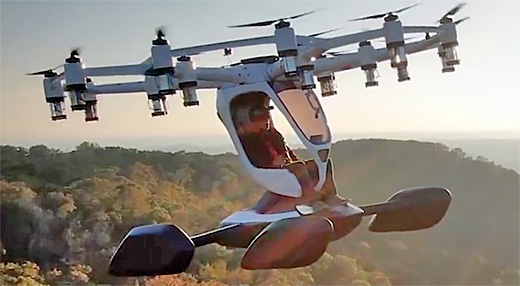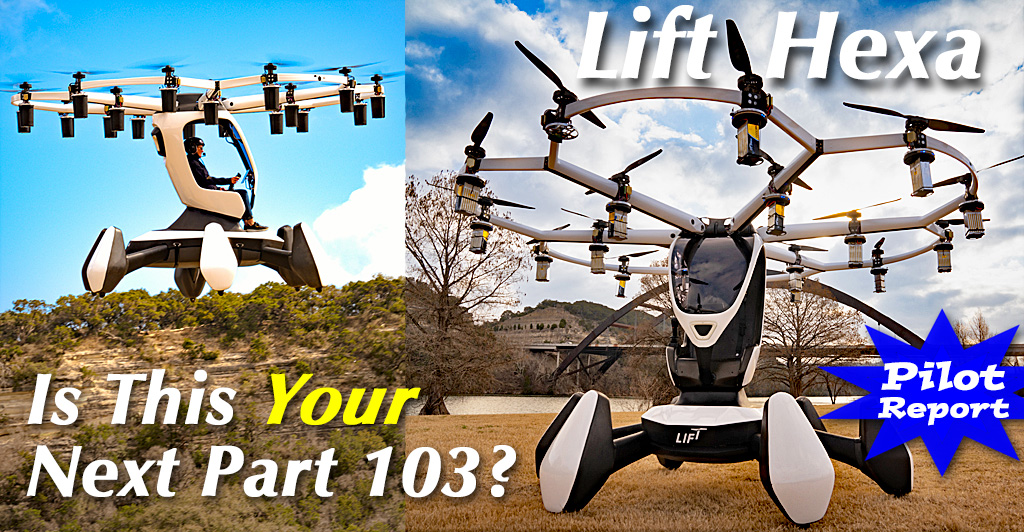
Ready or not, new flying machines are headed our way. Correction, they are already here and a wave of similar entries could follow (see earlier reports). The earliest market-ready arrivals qualify under FAR Part 103. I believe this website needs to report these aircraft, so with pleasure, I announce the following to be perhaps the first multicopter pilot report from “one of us.” Scott Severen is a longtime LSA pilot, the importer of Jabiru aircraft, and the newly-elected President of LAMA, the Light Aircraft Manufacturers Association. Scott offers his impressions as one of the very first non-company pilots to fly one of these aircraft. Some call them multicopters (me). Some prefer eVTOL. C’mon, have you said a mouthful like “eVTOL” to any non-pilot? …or even to most pilots? They look at you blankly, “Huh?” Marketers of these aircraft have yet to settle on a catchy word to identify them.


 I believe this website needs to report these aircraft, so with pleasure, I announce the following to be perhaps the first multicopter pilot report from "one of us." Scott Severen is a longtime LSA pilot, the importer of Jabiru aircraft, and the newly-elected President of
I believe this website needs to report these aircraft, so with pleasure, I announce the following to be perhaps the first multicopter pilot report from "one of us." Scott Severen is a longtime LSA pilot, the importer of Jabiru aircraft, and the newly-elected President of 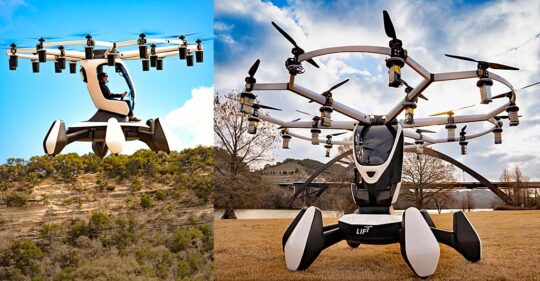 Scott has the titles I referenced above but he is also a very experienced hang glider, Part 103 ultralight, microlight, and LSA pilot with experience across the aviation spectrum for nearly his whole life (his father was U.S. Air Force). Scott knows more about light aircraft than most other individuals on the planet. I consider him an excellent choice for this pilot report on Lift Aircraft's Hexa. Enjoy!
Scott has the titles I referenced above but he is also a very experienced hang glider, Part 103 ultralight, microlight, and LSA pilot with experience across the aviation spectrum for nearly his whole life (his father was U.S. Air Force). Scott knows more about light aircraft than most other individuals on the planet. I consider him an excellent choice for this pilot report on Lift Aircraft's Hexa. Enjoy! 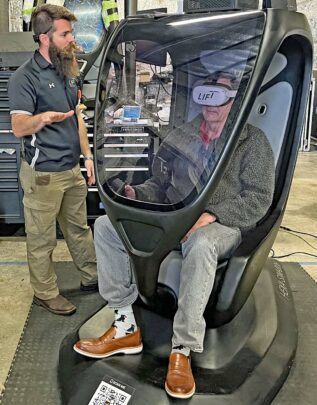
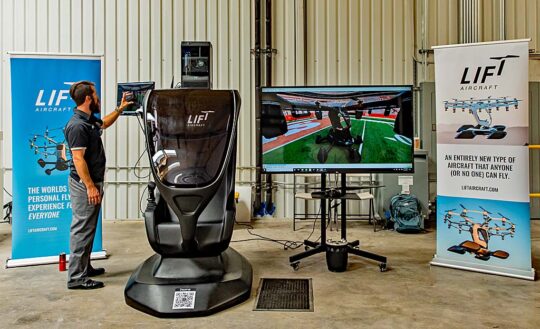
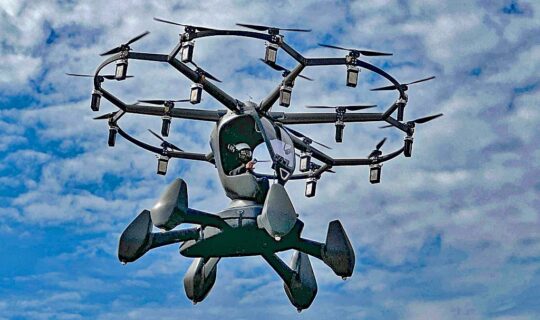 While the powerplants are independent to prevent failure propagation, they are orchestrated to play as a team, forming a so-called distributed electric propulsion system that handles maneuvers around the different flight axes. Each motor and propeller is strategically canted just off the vertical — all tilt slightly away from center — to aid control effectiveness. Controlling power at each motor alters the flight motion.
While the powerplants are independent to prevent failure propagation, they are orchestrated to play as a team, forming a so-called distributed electric propulsion system that handles maneuvers around the different flight axes. Each motor and propeller is strategically canted just off the vertical — all tilt slightly away from center — to aid control effectiveness. Controlling power at each motor alters the flight motion.
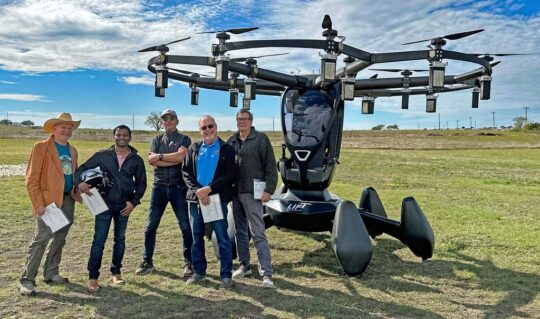 Designed differently from other Part 103 ultralight eVTOLs, Hexa is tall. The cabin structure is affixed to the “overhead powerplant.” Landing gear are fastened below and perform double duty as floats. To assure stability for a vertical take off and landing aircraft, six gear legs ending in floats are spaced around the perimeter. A seventh float is under the cabin. These allow landing on water and are energy absorbing on terra firma.
Stepping up into the cabin, you buckle the four-point pilot restraint. A windshield moves air around the pilot but the sides are open and lend a very “out there, open cockpit” feel.
Designed differently from other Part 103 ultralight eVTOLs, Hexa is tall. The cabin structure is affixed to the “overhead powerplant.” Landing gear are fastened below and perform double duty as floats. To assure stability for a vertical take off and landing aircraft, six gear legs ending in floats are spaced around the perimeter. A seventh float is under the cabin. These allow landing on water and are energy absorbing on terra firma.
Stepping up into the cabin, you buckle the four-point pilot restraint. A windshield moves air around the pilot but the sides are open and lend a very “out there, open cockpit” feel.
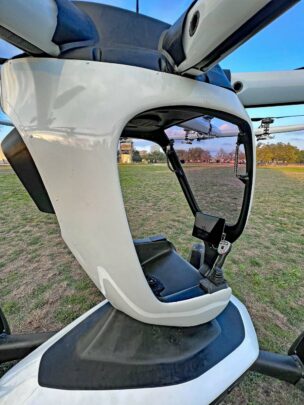
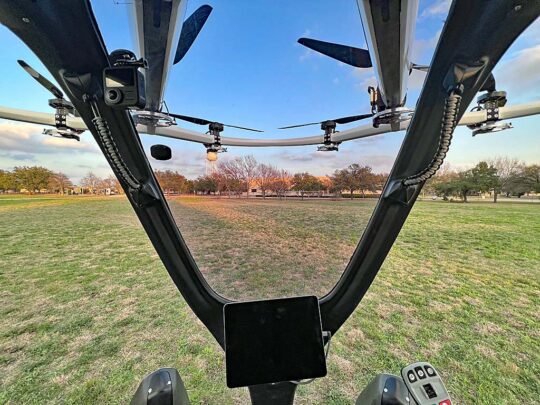
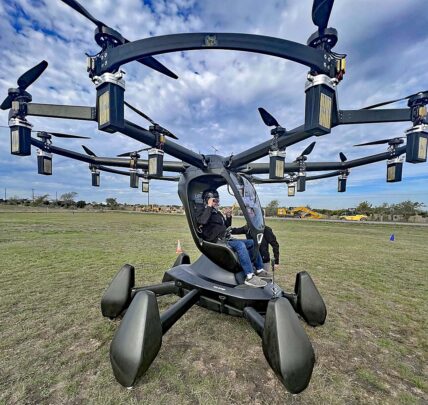
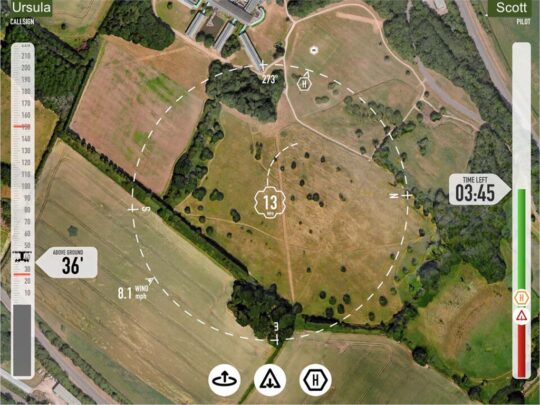 "Coasting" in flight
"Coasting" in flight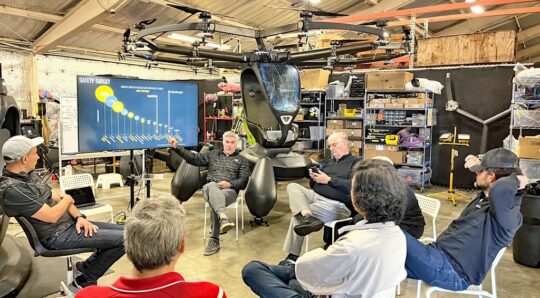
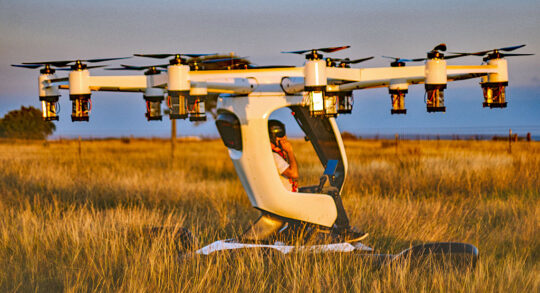 After my encounter with Hexa, let me assure you, you really won’t want to stop flying this machine!
After my encounter with Hexa, let me assure you, you really won’t want to stop flying this machine! Watch Scott Severen and his brother Gary fly Hexa by Lift Aircraft in this short video.
https://youtu.be/06HeLzfgZAY
Watch Scott Severen and his brother Gary fly Hexa by Lift Aircraft in this short video.
https://youtu.be/06HeLzfgZAY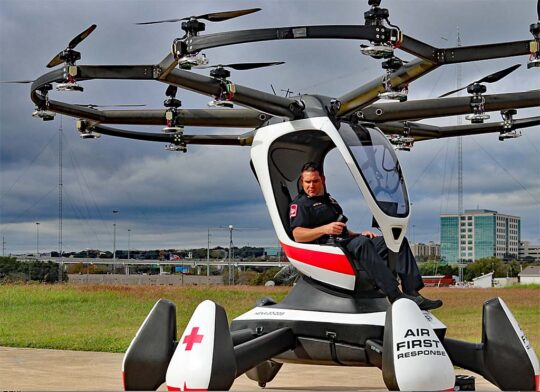 But isn't flying for hire prohibited in Part 103? Yes, it is.
However, "public use" aircraft do not have to meet FAA aircraft certification regulations nor operating limitations. "Public use" can include activities like police, fire, rescue, border patrol, and similar typically government functions whether provided by federal, state, or local agencies. In short, government departments at all levels get special privileges.
But isn't flying for hire prohibited in Part 103? Yes, it is.
However, "public use" aircraft do not have to meet FAA aircraft certification regulations nor operating limitations. "Public use" can include activities like police, fire, rescue, border patrol, and similar typically government functions whether provided by federal, state, or local agencies. In short, government departments at all levels get special privileges.
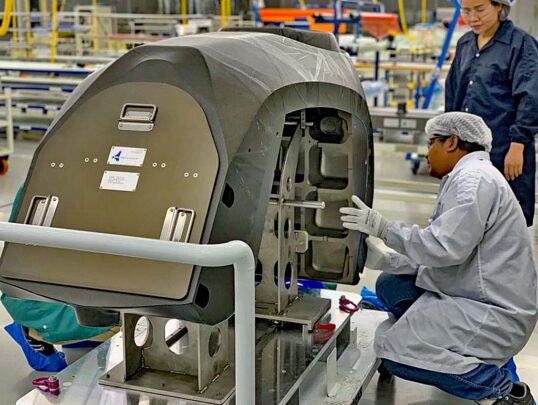
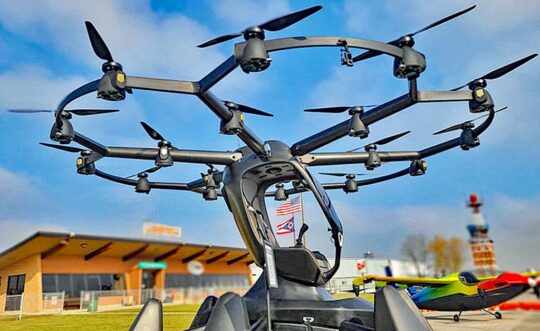 After six years of development, testing, and now entering production, Lift announced, "Hexa is now available for sale to public agencies." The company said that five production Hexa aircraft are allocated to new public agency partners who opt in soon after the announcement.
"With use cases spanning police, fire, medical, search and rescue, emergency, and disaster response," Lift stated, "your agency can be among the very first to leverage electric, vertical takeoff and landing (eVTOL) aircraft to serve your agency’s mission.
After six years of development, testing, and now entering production, Lift announced, "Hexa is now available for sale to public agencies." The company said that five production Hexa aircraft are allocated to new public agency partners who opt in soon after the announcement.
"With use cases spanning police, fire, medical, search and rescue, emergency, and disaster response," Lift stated, "your agency can be among the very first to leverage electric, vertical takeoff and landing (eVTOL) aircraft to serve your agency’s mission.
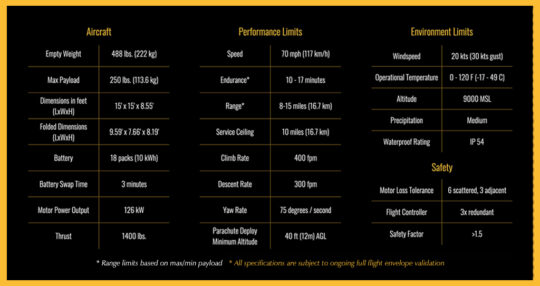
 Aero Asia show producers are the same team who puts on a favorite European show,
Aero Asia show producers are the same team who puts on a favorite European show, 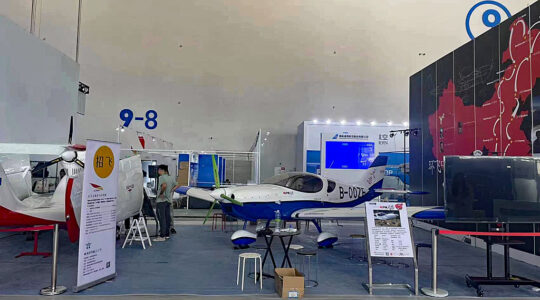
 Aero Asia plans a successive trade fair for November 2025, skipping a year as is common for such events outside the United States.
Aero Asia plans a successive trade fair for November 2025, skipping a year as is common for such events outside the United States.
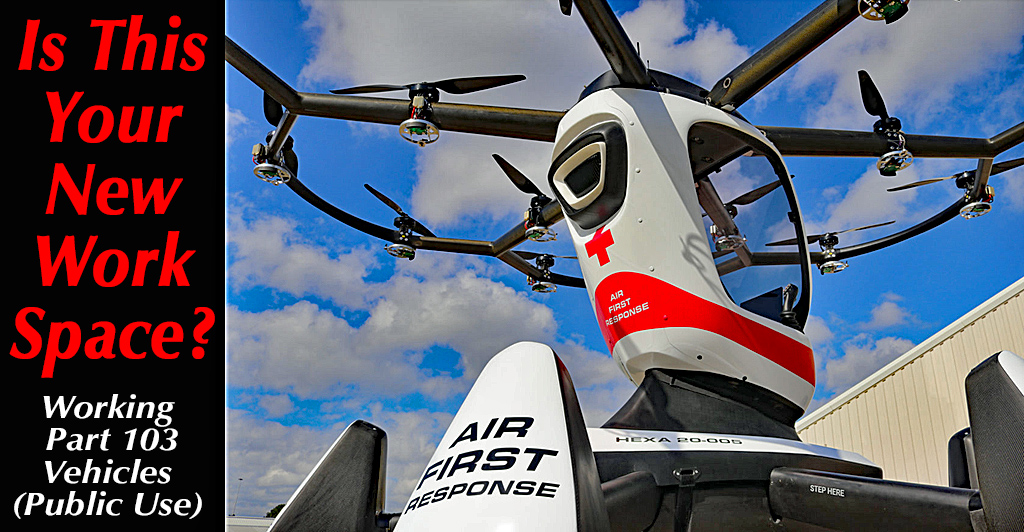
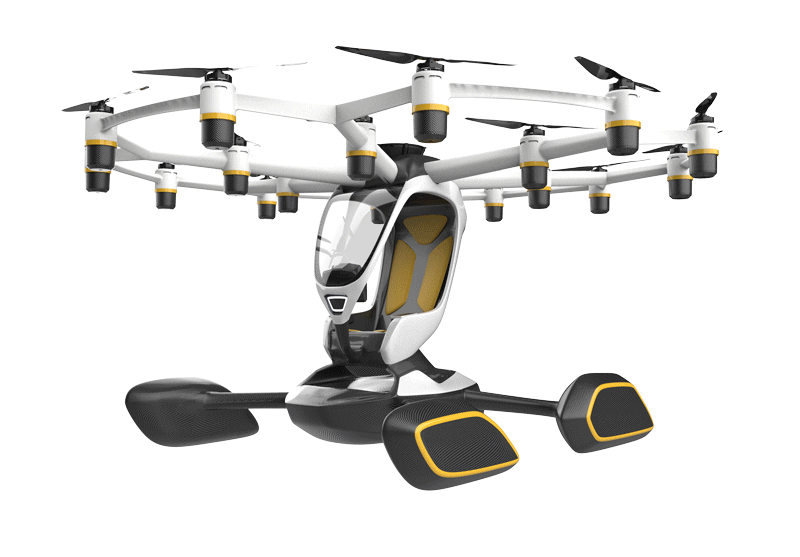
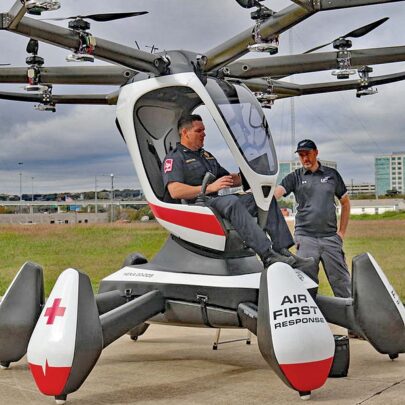 On the other hand, Lift's short history shows a
On the other hand, Lift's short history shows a 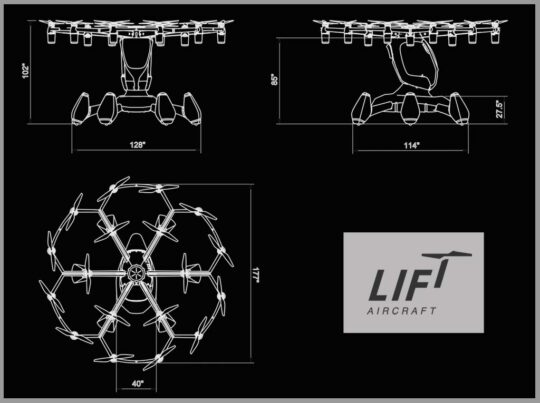 With those two points in mind, what say you? It doesn't matter if you love or hate Hexa. Do you welcome their novel approach to meeting 103 parameters or do you think it could jeopardize Part 103?
Mosaic, the new regulation expected by the end of 2023, is significantly aimed at accommodating eVTOLs, UAMs, and drones into the airspace. Most readers are focused on how Mosaic affects LSA but multicopters are a major reason why Mosaic exists in the first place. However, the new reg is still two years away.
Therefore, a multicopter that can actually qualify with FAA as a Part 103 vehicle and is (nearly) ready for the market has an early lead.
Slipping into a sweet spot, Lift and their Hexa need not wait for Mosaic, yet will benefit from its arrival.
With those two points in mind, what say you? It doesn't matter if you love or hate Hexa. Do you welcome their novel approach to meeting 103 parameters or do you think it could jeopardize Part 103?
Mosaic, the new regulation expected by the end of 2023, is significantly aimed at accommodating eVTOLs, UAMs, and drones into the airspace. Most readers are focused on how Mosaic affects LSA but multicopters are a major reason why Mosaic exists in the first place. However, the new reg is still two years away.
Therefore, a multicopter that can actually qualify with FAA as a Part 103 vehicle and is (nearly) ready for the market has an early lead.
Slipping into a sweet spot, Lift and their Hexa need not wait for Mosaic, yet will benefit from its arrival.
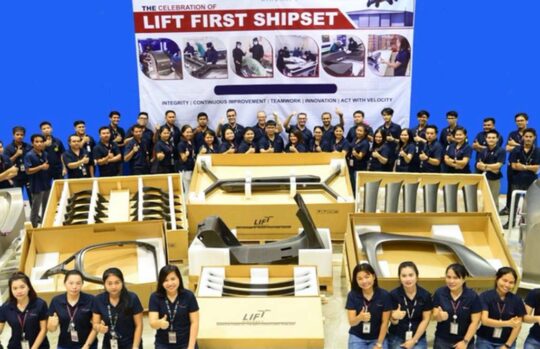 For example, "The aircraft is continuously calculating the energy required to 'return to home' based on altitude, wind speed and direction. Regardless of what the pilot does, the aircraft will automatically return and land when the battery approaches this level plus a reserve, and it can also automatically land in designated safe landing areas, if necessary.” Hexa presently has a 15-minute flight endurance
The plans are more explicit in several ways and you can
For example, "The aircraft is continuously calculating the energy required to 'return to home' based on altitude, wind speed and direction. Regardless of what the pilot does, the aircraft will automatically return and land when the battery approaches this level plus a reserve, and it can also automatically land in designated safe landing areas, if necessary.” Hexa presently has a 15-minute flight endurance
The plans are more explicit in several ways and you can 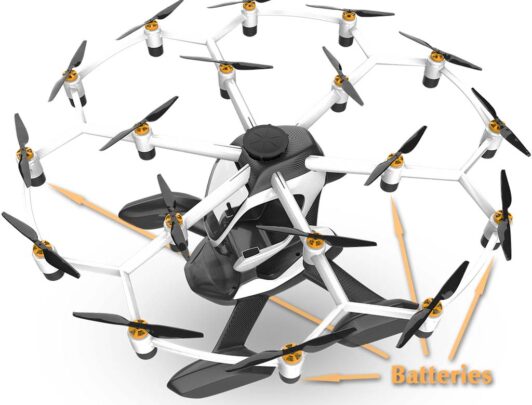 One answer is that pilots already use design features to operate aircraft more safely: LSA have straight-and-level or 180-turn buttons and very effective autopilots. Engineers went to great trouble to assure an aircraft recovers well from a stall or has landing gear able to absorb hard touchdowns. Are these design features "cheating?"
One answer is that pilots already use design features to operate aircraft more safely: LSA have straight-and-level or 180-turn buttons and very effective autopilots. Engineers went to great trouble to assure an aircraft recovers well from a stall or has landing gear able to absorb hard touchdowns. Are these design features "cheating?"

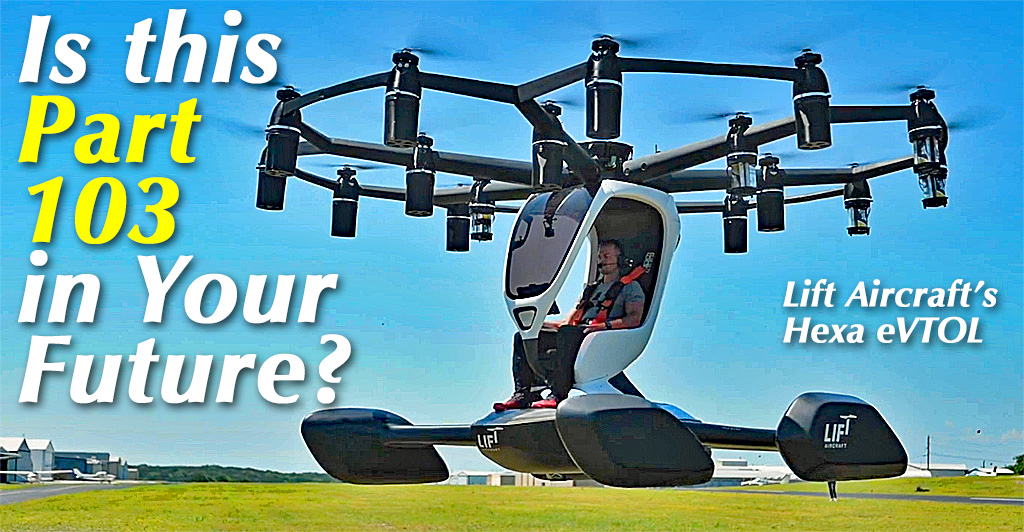
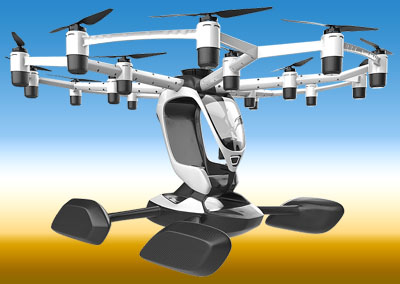 All of us who enjoy flight know much about this, but things are changing and perhaps fast enough to push many of us current-aviation experts into a discomfort zone.
As you have
All of us who enjoy flight know much about this, but things are changing and perhaps fast enough to push many of us current-aviation experts into a discomfort zone.
As you have 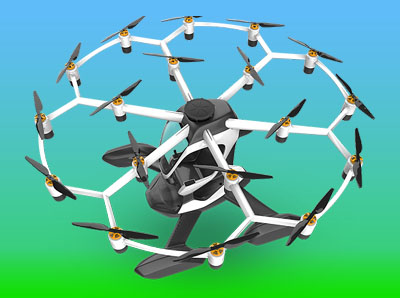 However, for short-range urban transport, multicopters may be unstoppable.
Such transportation is the goal of Lift Aircraft, a Texas startup that hopes to change the way people travel.
An article in an online publication called
However, for short-range urban transport, multicopters may be unstoppable.
Such transportation is the goal of Lift Aircraft, a Texas startup that hopes to change the way people travel.
An article in an online publication called 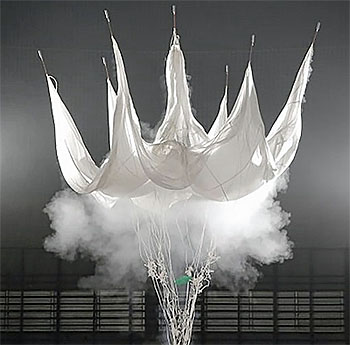 Lift has also listed many features they believe provide
Lift has also listed many features they believe provide 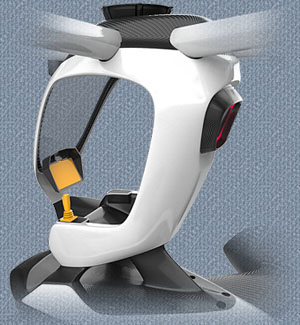 "Divvying up the skyline" where skyline means airspace sounds rather threatening to current pilots. Many pilots have told me they worry about drones or multicopters interfering with the enjoyment of their aircraft, or worse, causing safety problems.
Those concerns may be real but the new flying machines identify the weakness in our current ATC system, great as it has been for aviation safety. It simply takes so many highly-paid controllers with hundreds of facilities and a need for ever-increasing equipment sophistication.
That paragraph quoted above sends a message. ATC depends on up to 6,000 workers to move 5,000 aircraft around the skies safely. Imagine millions of new flying machines and the old system begins to look creaky. Already, many criticize FAA for using out-dated computers and other equipment and federal employment system that creates high costs. Can the tech world improve on this?
Every day, the FAA's Air Traffic Organization provides service to more than 43,000 flights and 2.6 million airline passengers across more than 29 million square miles of airspace.
"Divvying up the skyline" where skyline means airspace sounds rather threatening to current pilots. Many pilots have told me they worry about drones or multicopters interfering with the enjoyment of their aircraft, or worse, causing safety problems.
Those concerns may be real but the new flying machines identify the weakness in our current ATC system, great as it has been for aviation safety. It simply takes so many highly-paid controllers with hundreds of facilities and a need for ever-increasing equipment sophistication.
That paragraph quoted above sends a message. ATC depends on up to 6,000 workers to move 5,000 aircraft around the skies safely. Imagine millions of new flying machines and the old system begins to look creaky. Already, many criticize FAA for using out-dated computers and other equipment and federal employment system that creates high costs. Can the tech world improve on this?
Every day, the FAA's Air Traffic Organization provides service to more than 43,000 flights and 2.6 million airline passengers across more than 29 million square miles of airspace. 